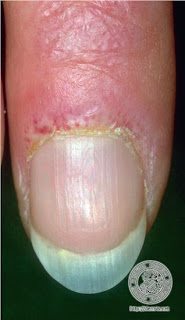
(rainbow trout pictured left)
Today we saw a case of severe aortic stenosis (valve area 0.6 cm).
We have discussed AS in detail before, and you can check out this link for more information on the physical exam.
Can you detect moderate to severe AS at the bedside? Absolutely. Some smart people from Toronto came up with a very helpful clinical prediction rule. The published paper from JGIM is at this link.
This is how it works:

- If there is no murmur over the right clavicle, moderate to severe AS is essentially ruled out.
- If there is a murmur radiating over the right clavicle with 0-2 associated findings, then the Likelihood Ratio for moderate to severe AS is 1.8, and in this study reflected about a 20% chance.
- If there is a murmur radiating to the right carotid with 3-4 associated findings, then moderate to severe AS is essentially ruled in (Likelihood ratio of 40)
So what are the "Associated Findings"?
- Reduced S2
- Reduced carotid volume
- Slow carotid upstroke
- Murmur loudest in the 2nd right intercostal space











